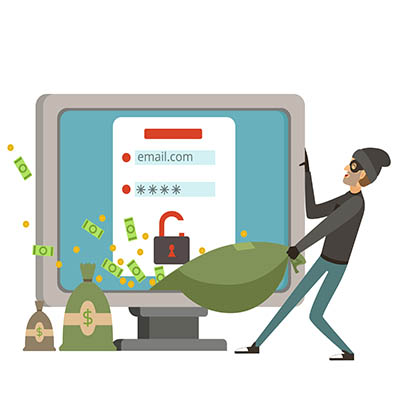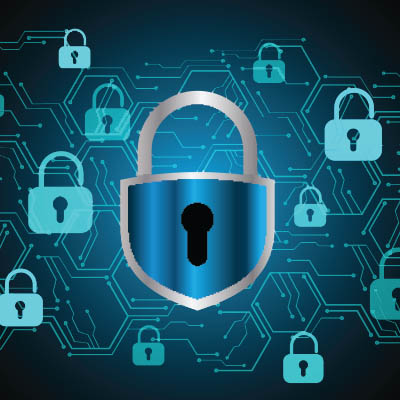AI is everywhere, helping us do everything from writing emails to analyzing data. It’s a powerful tool that can make work more efficient, but it also comes with a hidden risk you should be aware of: prompt hacking. This isn’t some half-baked science fiction. As more businesses rely on AI, understanding prompt hacking isn’t just a job for the IT department—it’s something everyone needs to know.
How many devices around you are connected to the Internet? While connected technologies inject convenience into our lives, it comes at a cost: security. Let’s discuss how the rise of connected devices, collectively known as the Internet of Things, has taken a toll on network security and what you need to know about it to protect your business.
When you think of the dark web, images of shadowy figures and illicit activities might spring to mind. Unfortunately for businesses, the dark web isn’t just a place of intrigue; it’s where your stolen data goes to get shared and sold.
Today’s cyberthreats are invisible, they’re malicious, and they can bring a business to its knees. For many small businesses, cybersecurity feels like a distant problem—a concern for the corporate giants with sprawling server farms. Unfortunately, that’s a dangerous misconception. Every business, regardless of size, is on the front line.
It’s the summer solstice tonight, the official start of the summer season. While most of us want to focus on honing our grilling skills and soaking up as much sun as possible, we can’t afford to let our cybersecurity awareness falter as a result. Let’s review how you can stay secure while enjoying the season.
Cybercrime has gotten a lot scarier as the methods have become more sophisticated and difficult to detect. They might look like official business, but in reality, they are dangerous and well-thought-out attacks that can endanger your company and all those who work for it. Today, we want to break down some of the ways these cyberthreats can fool even the most cautious employees.
Imagine leaving the physical doors of your business unlocked overnight. The thought is unsettling, isn’t it? You wouldn’t risk your assets, your hard work, and the trust of your clients like that. That’s precisely the risk many small to medium-sized businesses (SMBs) unknowingly take by underestimating the importance of cybersecurity. Let’s explore just how important proper cybersecurity truly is.
We dedicate significant attention to safeguarding your digital assets, but have you cast a similarly critical eye on the tangible security of your business premises? Nowadays, ensuring the safety of your physical office, its valuable assets, crucial resources, and most importantly, your dedicated employees, is paramount. We want to highlight the range of options available to help you effectively manage your physical infrastructure.
A strong cybersecurity posture isn’t just about installing the latest software or ticking boxes on a compliance checklist. It’s about building a culture of security where every member of your team is actively engaged and invested in protecting your collective digital well-being… but how do you achieve that buy-in, beyond simply mandating policies? It starts with illuminating the “why” behind the “what.”
Quick—how many passwords do you have to remember? Chances are, it’s more than you might expect… especially when you factor in both your personal ones and those you maintain for your business. After all, it is risky to the point of irresponsibility to repeat your passwords across accounts, especially those you maintain for your business. This kind of repetition can easily lead to financial losses and reputation damage, as it facilitates a data breach.










